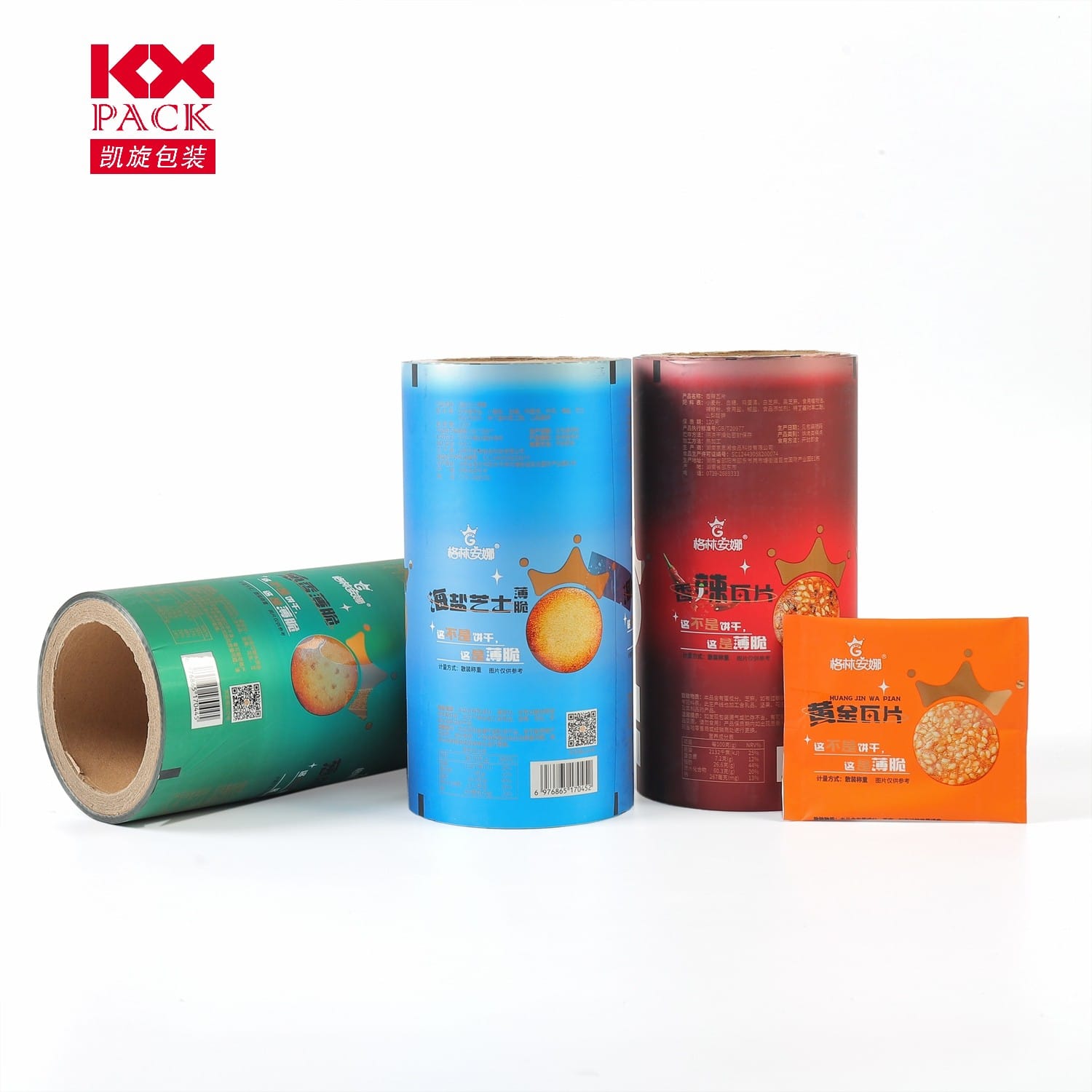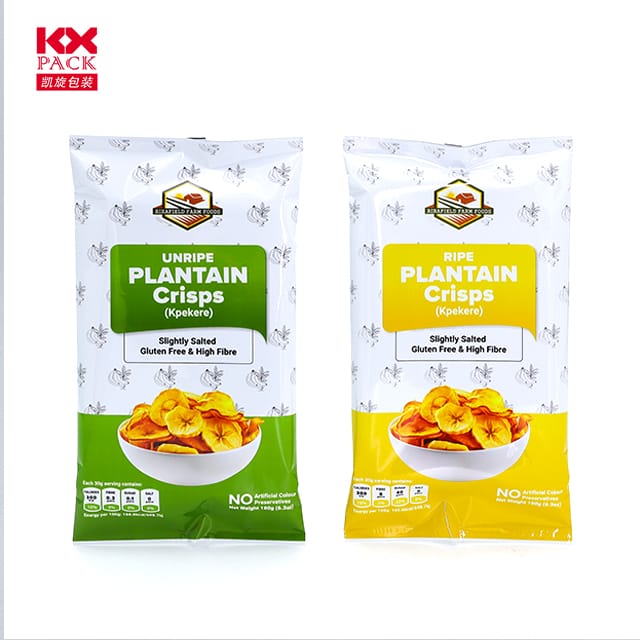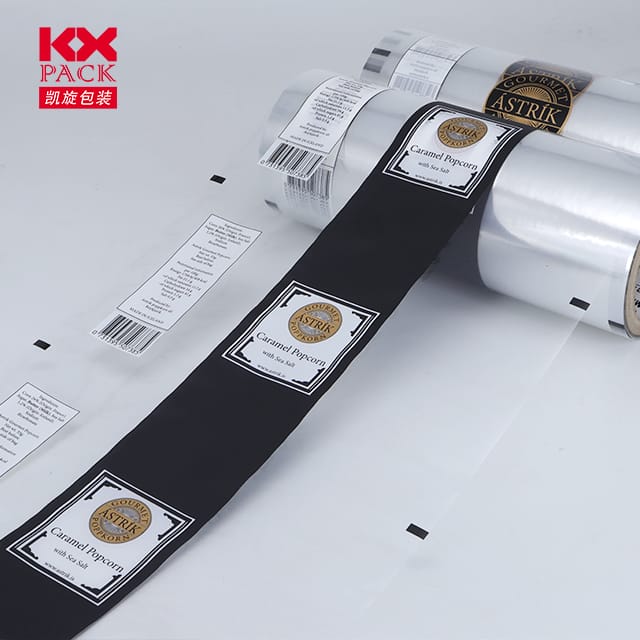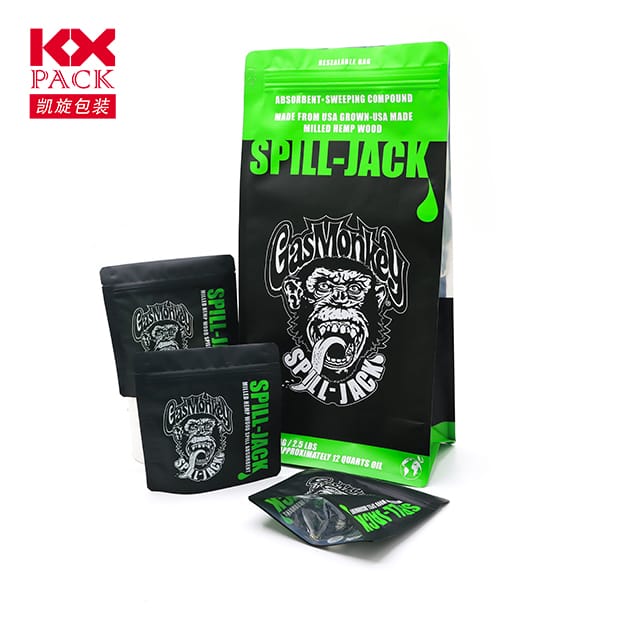Rediscovering the Magic of Roll Film: Why Analog Photography Still Captivates in a Digital Age
Roll Film
In an era where smartphones can snap a million photos in a day and filters transform reality with a tap, roll film—the humble medium that defined photography for over a century—is experiencing a quiet renaissance. Far from obsolete, film photography offers a tangible, deliberate, and deeply personal experience that digital tools often struggle to replicate. Let’s unravel the allure of roll film, from its nostalgic charm to its modern-day relevance.
1. What Is Roll Film? A Brief History
Roll film, also known asfilm stock, is a flexible strip of plastic or celluloid coated with light-sensitive emulsion. Invented in the late 19th century, it revolutionized photography by replacing fragile glass plates with portable, easy-to-load cassettes. Iconic formats like35میلی متر, 120میلی متر, وlarge-format sheet film became staples for amateurs and professionals alike, capturing everything from family portraits to war zones.
- 35mm Dominance: By the mid-20th century, 35mm film (popularized by brands like Kodak and Leica) became the gold standard for casual and professional photography. Its affordability and compatibility with compact cameras made it a global phenomenon.
- The Digital Shift: The 2000s saw a steep decline in film sales as digital cameras and smartphones took over. تا کنون, film never truly disappeared—it evolved into a niche passion for enthusiasts craving authenticity.
2. The Art of Deliberation: Why Film Slows Us Down
Unlike digital photography, where shots are endless and instant, roll film imposesconstraints that foster creativity.
- Limited Exposures: A typical 35mm roll holds 24 یا 36 exposures. This scarcity forces photographers to think before they shoot, framing compositions meticulously and waiting for the perfect moment.
- The Element of Surprise: Film must be developed before results are visible. This “blind” process—whether in a darkroom or a lab—adds suspense. A roll might yield hidden gems or unexpected flaws, turning each image into a unique story.
3. The Aesthetic Appeal: Film’s Unmistakable Look
Film’s visual signature is hard to mimic digitally. Grain, color shifts, and subtle imperfections contribute to itsorganic, timeless quality.
- Film Grain vs. Digital Noise: Grain adds texture and depth, especially in black-and-white film. In contrast, digital noise often feels harsh and artificial.
- Color Palettes: Different film stocks (به عنوان مثال, Kodak Portra for warm skin tones, Fujifilm Provia for vibrant landscapes) offer distinct color profiles that photographers cherish.
- Light Leaks and Flares: Accidental light leaks or lens flares—once considered flaws—are now embraced as artistic quirks, adding character to images.
4. Roll Film in the Modern World: From Hobby to High Art
امروز, roll film thrives in niche communities and creative industries.
- Analog Revival on Social Media: Platforms like Instagram and TikTok are flooded with hashtags like #filmisnotdead و #rollfilm, where enthusiasts share scanned prints and darkroom tips.
- Fashion and Fine Art: Brands like Gucci and Prada use film campaigns for its vintage allure, while artists like Sally Mann and Ryan McGinley rely on film for its raw, emotional impact.
- Hybrid Workflows: Many photographers shoot film and scan negatives for digital editing, blending the best of both worlds.
5. The Practical Side: Choosing and Using Roll Film
Getting started with roll film is easier than you might think.
- Types of Film:
- Color Negative Film: Versatile and forgiving (به عنوان مثال, طلا, Fujifilm Superia).
- Black-and-White Film: Offers creative control in development (به عنوان مثال, ایلفورد HP5, Kodak Tri-X).
- فیلم اسلاید (E-6): Produces vivid, positive images (به عنوان مثال, Fujifilm Velvia).
- Cameras for Beginners: Vintage point-and-shoots (like the Olympus Mju II) or affordable SLRs (like the Pentax K1000) are great entry points.
- Development Options: Local labs, mail-in services, or home darkroom kits (for the adventurous!).
6. Sustainability and Sentiment: Why Film Matters Today
In a world obsessed with instant gratification, roll film offers a counterbalance.
- Eco-Friendly Appeal: Film cameras often outlast digital ones, reducing electronic waste. Processing chemicals can be harmful, but eco-conscious labs now use greener alternatives.
- Mindful Living: The slow pace of film aligns with mindfulness trends, encouraging users to savor experiences rather than document them endlessly.
نتیجه: The Roll Film Revolution Isn’t Over—It’s Just Beginning
Roll film isn’t a relic of the past; it’s arebellion against the disposable. In an age where every moment is captured but rarely remembered, film photography invites us to engage deeply—to feel the weight of a camera, to wait for results, and to treasure imperfections.
اینقدر, the next time you reach for your phone, consider loading a roll instead. You might just rediscover the joy ofseeing the world through a different lens.
Have you shot roll film lately? Share your favorite rolls or cameras in the comments! 🎞️✨
کلمات کلیدی: roll film, analog photography, film photography, 35mm film, film camera, darkroom, vintage photography, sustainable living.






